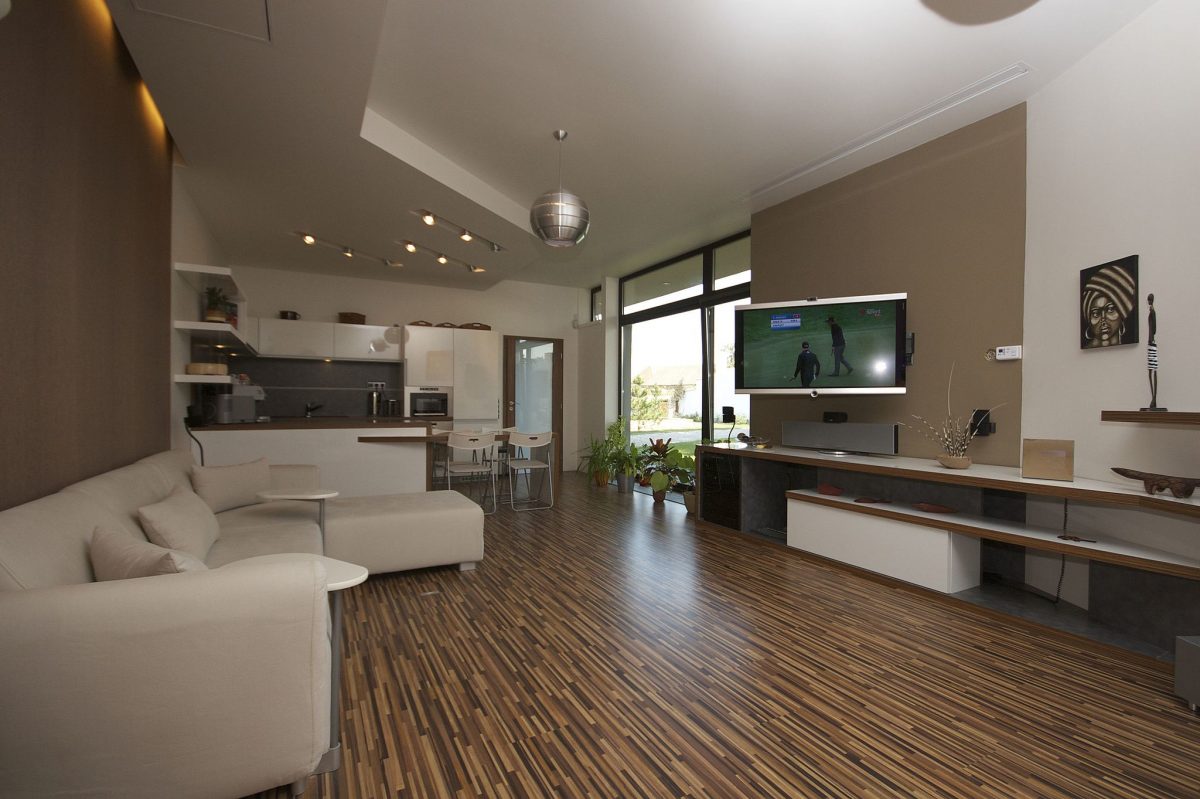Remember the simple times when things only needed two AA batteries to work, and you were good to go? Now, it seems like everything needs a Wi-Fi and Bluetooth connection. But, good or bad, a lot of the technology you have in your home can probably link up to the internet, mostly for the better, especially as more and more devices in the housing industry are being wired to work together. The smart home is a constantly evolving tech platform, and home automation might soon allow your household to intelligently make decisions based on your personal preferences – at least to a point. After all, it’s always important to understand exactly what you are putting in your home.
The current trend is all about security and sustainability. Home owners want to know how to save energy and to protect their families, and this quest for more efficient technologies has led to several new developments in the kinds of devices that can be connected; appliances can be automatically scheduled, video surveillance can tell when to record, and your thermostat can manage itself to help you save on your heating bill.
As home automation has become more affordable, it has also become more customizable, and do-it-yourself systems are more common than ever. Integreight’s Togglit is a soon-to-be-released DIY home automation kit that you can set up with no programming knowledge. And, of course, the whole system can be controlled through a smartphone app. Based on the Arduino Uno circuit board, the Togglit softare has the capability to run on a variety of Wi-Fi enabled devices, and is easy to set up to control your door locks, light switches and power strips, possibly with even greater compatibility in the future. While companies continue to educate consumers on how to use their products, the Togglit might be a way to stay ahead of the curve.
Home automation is great in so many ways, and it can only get better as it matures. But there are negatives in the industry, as there always are. The installation cost is one, whether it be paying a contractor to do it for you, or spending your own time. Incompatibility is another – it’s a guarantee that not all systems will play nicely together, at least not right out of the box. There is a competitiveness that is sure to follow a home automation explosion that will make it difficult to use a singular platform as a base for all of your smart home devices.
Cyber security may be the most important problem of all. As with any new technology, you have to expect flaws to be present. Even though smart home security systems are designed to keep you protected, the right codes could allow a robber instant and easy access to your house. A cyber-criminal will be able to follow your every step and learn everything about you.
The once slow growing market is at the beginning of a global explosion. The future smart home could literally be something from “The Jetsons.” The global automation market is currently worth approximately $32 billion, and analytic specialists have even projected the automation market to grow to double its current value.
Homes of the future will be able to sense when products in your home are getting low and when to replenish house hold necessities. Errands like going to the store for the laundry detergent may not exist in the future, or your stove will warm up when it is your scheduled daily dinner time. One day you may dream about a smart home appliance that seems impossible, and then a year later it will exist on the consumer market. One day (perhaps soon) your home may even be able to carry on an authentic interpersonal conversation with you.
Concepts from Ray Bradbury’s short story “There Will Come Soft Rains” are becoming a part of the present day. Technology is more affordable and integrated than ever, and smart home investors are demanding more efficient and cost effective technologies to benefit their lives. With this demand, the sky is the limit.
Photo Credit: Jan Prucha, Wikimedia Commons










